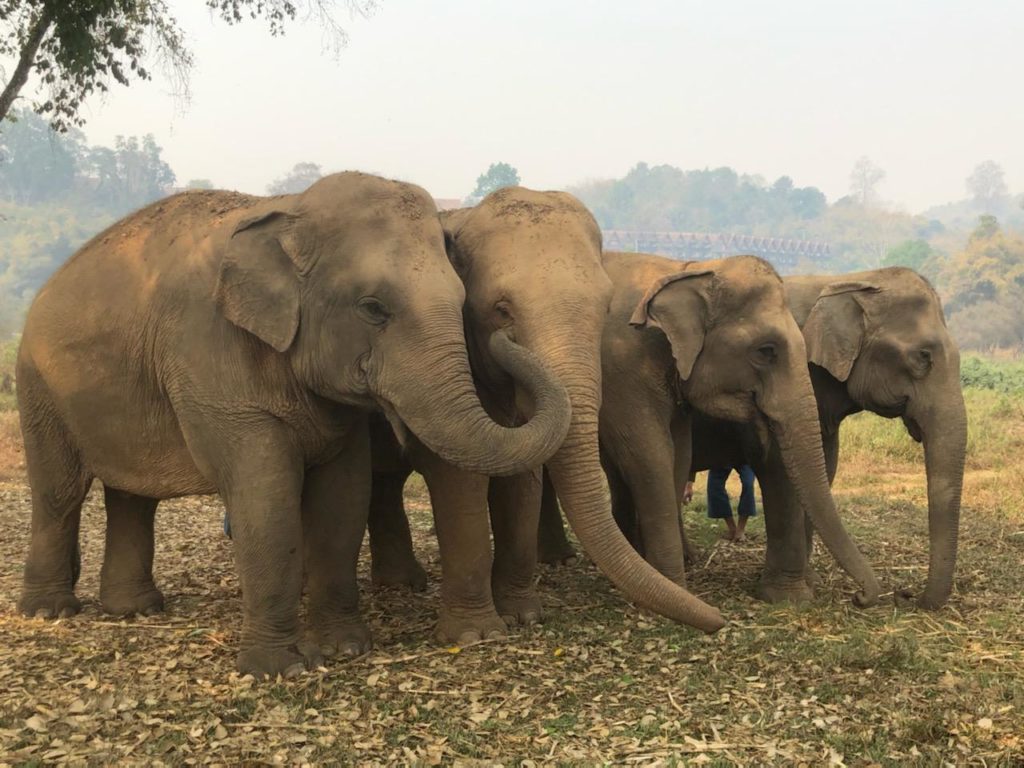Category
- books (57)
- education (91)
- experts (60)
- freedom (137)
- General Disscusion (50)
- generations (9)
- government (132)
- healthcare (46)
- history (34)
- interpersonal relationships (129)
- Life Style (11)
- manipulation of the american public (93)
- medicine (29)
- mental health (69)
- mindfulness (35)
- news (45)
- parenting (6)
- philosophy (170)
- politics (110)
- Post Slider (3)
- psychoanalysis (162)
- Quote (1)
- science (16)
- social media (30)
- spirituality (28)
- truth (122)
- Uncategorized (21)
About Me

I am a licensed psychologist and marriage and family therapist engaged in private practice in Pasadena since 1988. I have two Ph.D.’s, one in Counseling Psychology from the University of Southern California and one in Psychoanalysis from the New Center for Psychoanalysis. I have served as a member of the Board of Directors of the California Psychological Association and as President of the San Gabriel Valley Psychological Association. I am an Expert Reviewer for the State of California’s Board of Psychology and Board of Behavioral Sciences. I teach and lecture widely. I founded Rose City Center (RCC), a non-profit clinic offering psychoanalytic psychotherapy to economically disadvantaged persons, in 2004. I served as President of its Board of Directors through 2014. I currently am Chair of the RCC Training Committee



